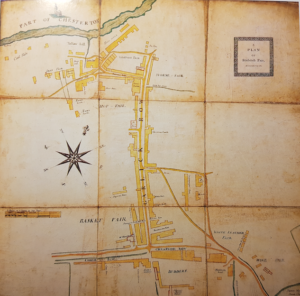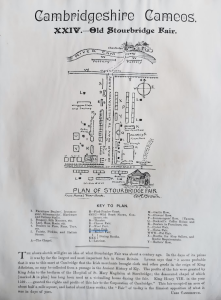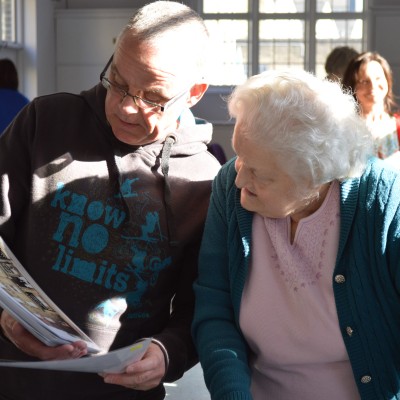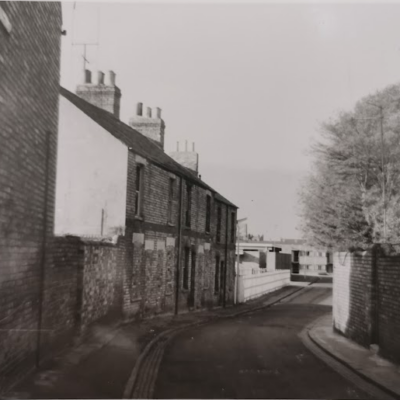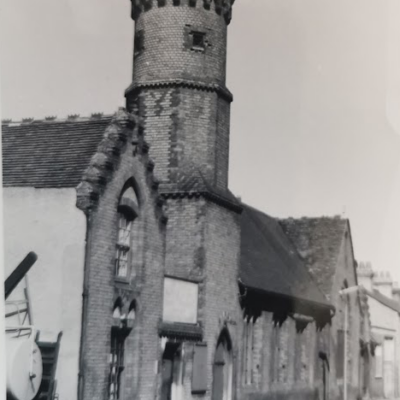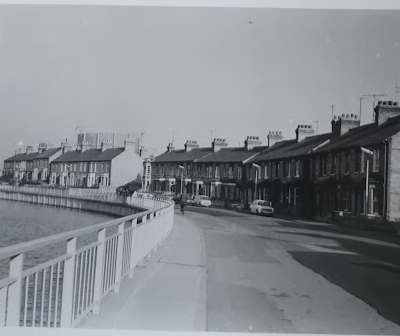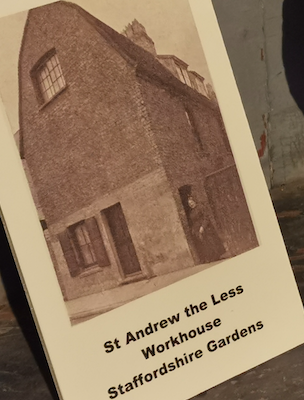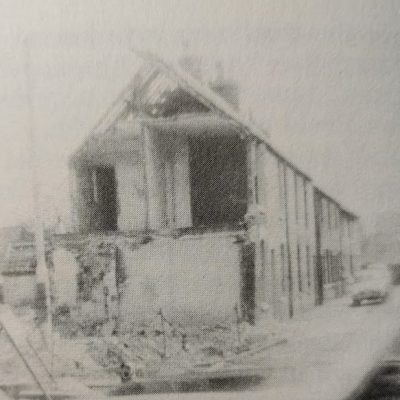Search by topic
- archaeology
- Building of Local Interest
- charity
- church
- crime
- dressmaker
- fire
- Great Eastern Railway
- Listed building
- Mapping Relief
- medieval
- oral history
- poverty
- Public House
- Rattee & Kett
- Religious House
- Roman
- scholar
- school
- Then and Now
- tudor
- women
- work
- world war one
- world war two
Search by text
 Booths at Sturbridge Fair 1832
Booths at Sturbridge Fair 1832Stourbridge (Stirbitch/Sturbridge/Steresbridge) Fair
History of Sturbridge Fair
At one time this was considered to be the largest fair in medieval Europe.
There is a Wikipedia article on the subject.
AlisonTaylor writes at length about the fair in her book: Cambridge The Hidden History pp. 115-120. She notes that it is difficult to explain the phenomenal growth of this fair. The accessibility of the site by river would have helped. But the fact that it was largely unregulated with no authority who could impose limitations or taxes will have helped as well. By 1516 the fair lasted from 24th August to 29th September. The fair was organised rather like a town with wooden booths set up each year in which stall holders would live. The stalls were arranged into roads; in 1561 such rows were called ‘The Duddrye’, ‘Birchin Lane’, ‘Chepesyde’, ‘ Hadley Rowe’, ‘Back Boothes’ and ‘Bury Boothes.’
Honour Ridout in her book ‘Cambridge and Stourbridge Fair’ explains how the original of the map above was produced by Thomas Nutting.
Dr Michael Hrebeniak, filmmaker, writer and academic based at Magdalene College, has been studying and interpreting Stourbridge Fair for several years. His 68-minute film, ‘Stirbitch: An Imaginary’ was completed in 2019; it has been screened in Cambridge at the Leper Chapel & Heong Gallery (Downing College), in Paris & Vienna, and in 2018 Michael published a chapter on the subject in an edited collection entitled, ‘Cinematic Urban Geographies.’ His extended psychogeographic poem on the Fair will be published in 2023.
Extracts of his film can be seen here:
An interview with Michael about his work can be found here:
https://www.cam.ac.uk/research/features/stirbitch-mapping-the-unmappable
A preview of the book chapter can be found here:
Michael has written a commentary on his film – ‘Stirbitch – An Imaginary’ for Capturing Cambridge:
Stourbridge Fair Text, Capturing Cambridge, 3
TIMELINE
1665 Diary of Samuel Newton 1st Sep:
Posted up in Cambridge the Kings Proclamation, that Sturbridge fayre should not this yeare be kept because of the great Plague at London thereby prohibiting all Londoners from coming to the same, Great Danger was alsoe then heere in Cambridge seuerall dyeing then heere in Cambridge and at the pesthouses of the sicknes.
1668 Diary of Samuel Newton 7th Sept:
Samuel Newton gives a very detailed description of the ceremony on 7th Sep., the ‘Proclayming day for the fayre.’
The first eye-witness account surviving is a pamphlet, ‘A Step to Stir-Bitch-Fair’, by Edward Ward, in 1700. Samuel Pepys mentions it and it was used as the model for John Bunyan’s Vanity Fair. Daniel Defore, in his ‘Tour through the whole island of Great Britain’, 1724, gives a clear account of the fair. Henry Gunning, in his 1849 reminiscences, remembered the fair as it had been at the end of the 18th cent. In 1772 Caraccioli wrote ‘An Historical Account of Sturbridge’. Another legend associated with the fair is that it was here that Isaac Newton bought his famous prism.
The fair went into decline from the 1790s as the Mortlock family took control of the city. The medieval open fields were enclosed in 1811 giving control to private landowners. The fair decreased to just a few days in length. It was abolished in 1933.
Contribute
Do you have any information about the people or places in this article? If so, then please let us know using the Contact page or by emailing capturingcambridge@
License
This work is licensed under CC BY-NC-SA 4.0






